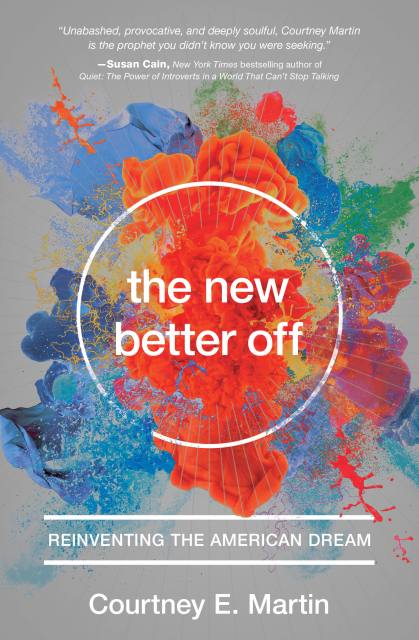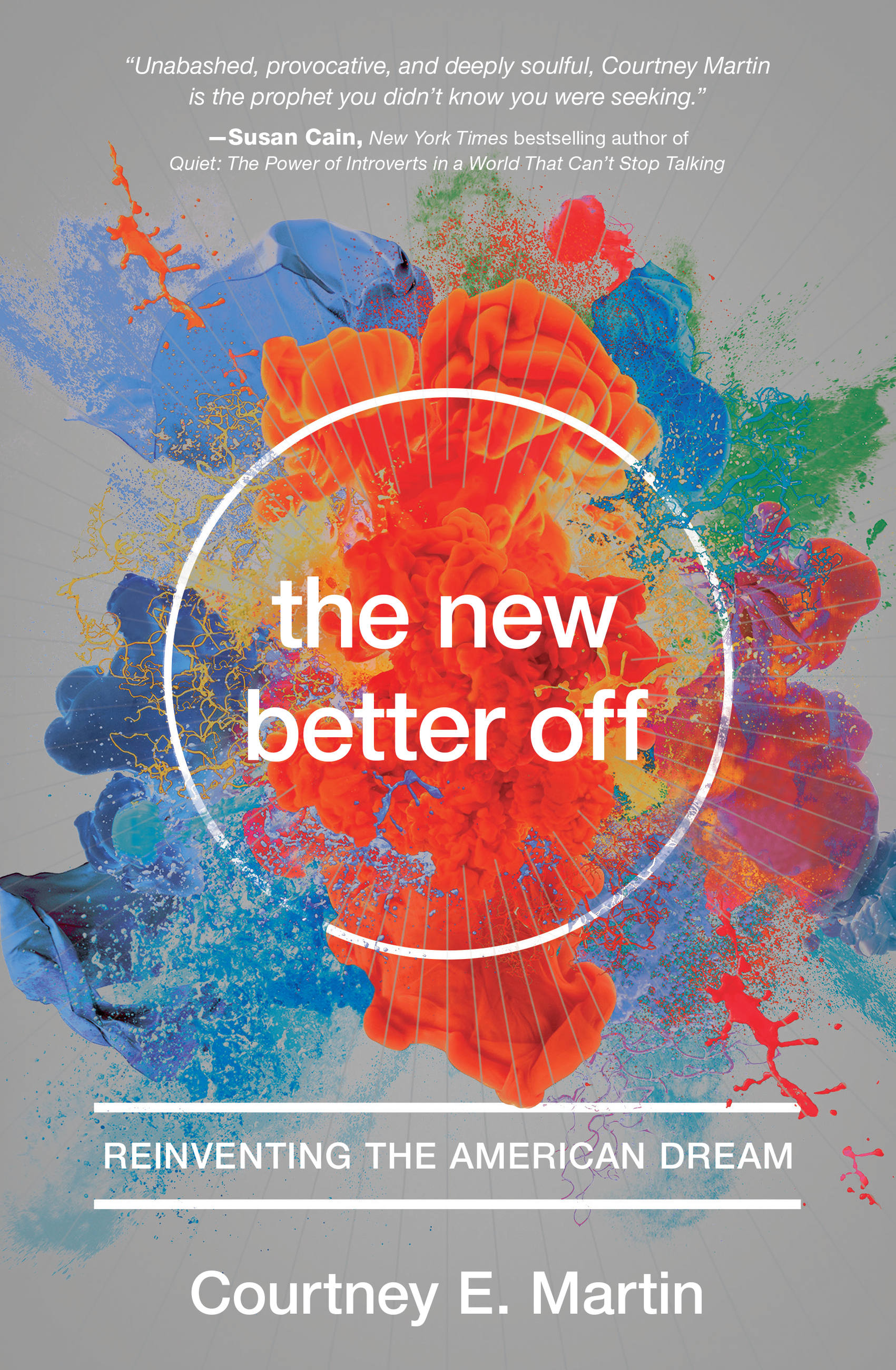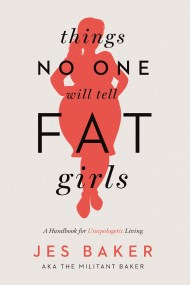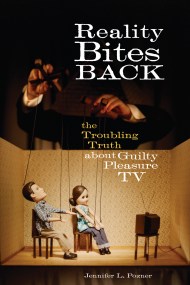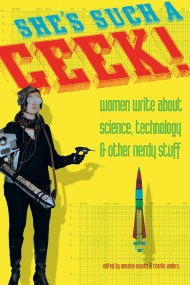Promotion
Use code BEST25 for 25% off storewide. Make sure to order by 11:59am, 12/12 for holiday delivery!
By clicking “Accept,” you agree to the use of cookies and similar technologies on your device as set forth in our Cookie Policy and our Privacy Policy. Please note that certain cookies are essential for this website to function properly and do not require user consent to be deployed.
The New Better Off
Reinventing the American Dream
Contributors
Formats and Prices
- On Sale
- Oct 4, 2016
- Page Count
- 320 pages
- Publisher
- Seal Press
- ISBN-13
- 9781580055802
Price
$15.99Price
$20.99 CADFormat
Format:
- ebook $15.99 $20.99 CAD
- Hardcover $24.00 $32.99 CAD
This item is a preorder. Your payment method will be charged immediately, and the product is expected to ship on or around October 4, 2016. This date is subject to change due to shipping delays beyond our control.
Buy from Other Retailers:
Are we living the good life—and what defines 'good', anyway?
Americans today are constructing a completely different framework for success than their parents' generation, using new metrics that TEDWomen speaker and columnist Courtney Martin has termed collectively the "New Better Off". The New Better Offputs a name to the American phenomenon of rejecting the traditional dream of a 9-to-5 job, home ownership, and a nuclear family structure, illuminating the alternate ways Americans are seeking happiness and success.
Including commentary on recent changes in how we view work, customs and community, marriage, rituals, money, living arrangements, and spirituality, The New Better Off uses personal stories and social analysis to explore the trends shaping our country today. Martin covers growing topics such as freelancing, collaborative consumption, communal living, and the breaking down of gender roles.
The New Better Offis about the creative choices individuals are making in their vocational and personal lives, but it's also about the movements, formal and informal, that are coalescing around the "New Better Off" idea-people who are reinventing the social safety net and figuring out how to truly better their own communities.
Newsletter Signup
By clicking ‘Sign Up,’ I acknowledge that I have read and agree to Hachette Book Group’s Privacy Policy and Terms of Use
